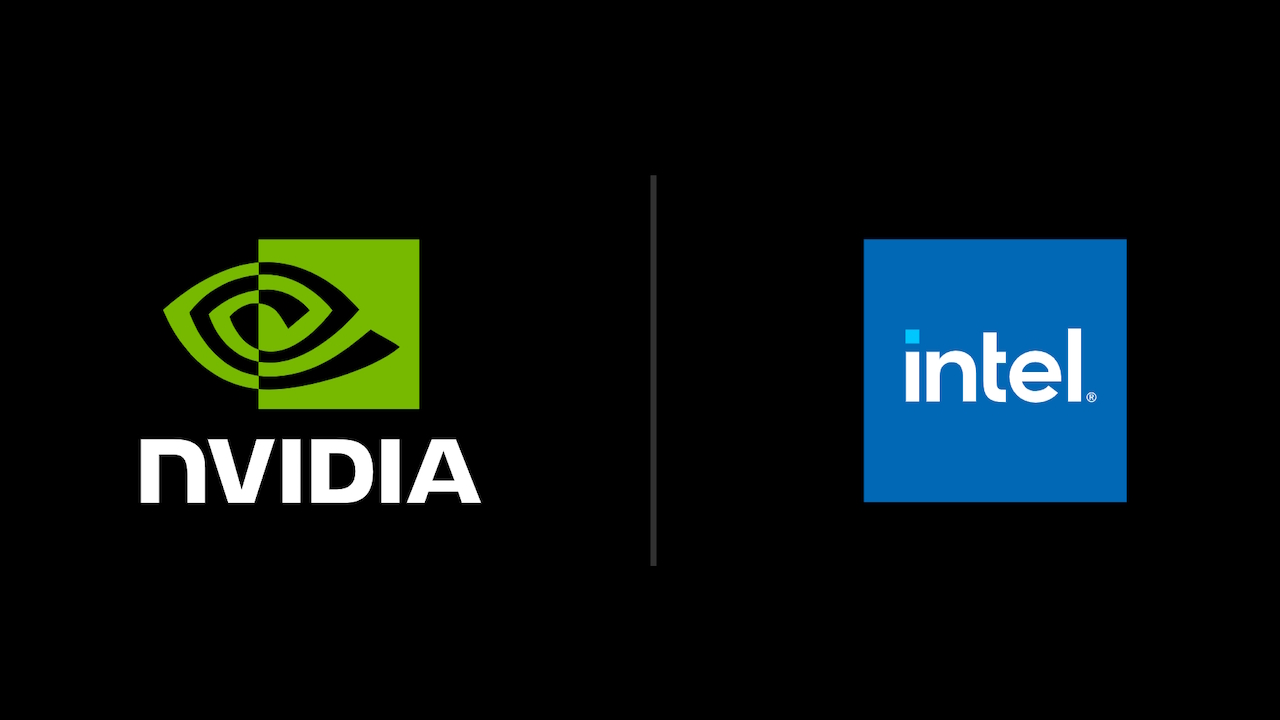In a landmark move, Nvidia has agreed to invest $5 billion into Intel, marking one of the most significant collaborations in the history of semiconductors. This investment involves technology sharing, joint research on next-generation chips, and support to help Intel scale up its manufacturing capabilities. The deal comes during a time when countries and companies are racing to control the supply chain of semiconductors, crucial for everything from AI to consumer electronics. Reuters
Intel has been struggling to keep up in the cutting-edge chip arena, especially against competitors from Asia. Nvidia’s investment is not just financial — it includes licensing of certain chip technologies, co-development of advanced packaging techniques, and shared goals to reduce power consumption while increasing performance.
Tech Industry Implications: Innovation, Competition, and Risk
This partnership changes the competitive landscape:
-
Innovation Boost: Combined R&D efforts could push advances in AI chips, graphics processors, and possibly quantum computing hardware.
-
Supply Chain Resilience: Intel gains access to Nvidia’s IP and design knowledge, helping reduce gaps in its product roadmap and enhance global production capacity.
-
Competitive Pressure: Other chipmakers, especially in Asia (like TSMC and Samsung), will likely respond by accelerating their own R&D and production scaling.
However, risks include intellectual property disputes, regulatory scrutiny (given global concerns over chip dominance), and the challenge of integrating technologies from two very different corporate cultures.
Geo-Political Dimensions: Tech as a Strategic Asset
Semiconductors are now viewed as strategic national assets. Countries around the world are investing in domestic chip manufacturing to avoid dependence on foreign suppliers. This deal between Nvidia and Intel plays into global policy trends:
-
The U.S. government has been pushing for stronger semiconductor sovereignty, especially in the wake of chip shortages.
-
Trade tensions, especially between the U.S. and China, mean that companies like Nvidia and Intel must navigate export controls, licensing restrictions, and geopolitical risk.
The collaboration may also attract regulatory interest — antitrust bodies could examine whether such tech-sharing threatens competition.
Economic Outcomes and Broader Industry Impacts
From an economic perspective, this deal could:
-
Create jobs in U.S.-based chip foundries and support firms in the supply chain.
-
Lower costs for AI hardware in the long term by streamlining production and reducing inefficiencies.
-
Push down power consumption per compute unit — critical for data centers and sustainability goals.
For consumers, this could translate into improved performance in AI applications, more powerful PCs, and faster electronics. For enterprises, lower infrastructure costs and more stable supply chains.
Challenges to Overcome: Integration, Regulation, and Execution
Even though the deal is promising, there are several challenges:
-
Integration: Merging technological efforts, coordinating development cycles, and aligning product roadmaps will be complex.
-
Regulation: Governments may scrutinize such partnerships, especially when they cross thresholds of market power.
-
Execution Risks: Delays due to supply chain bottlenecks, geopolitical constraints, and manufacturing yield issues could undermine project timelines.
-
Mission Creep: Ensuring that collaborations stick to agreed objectives without getting side-tracked by policy shifts or executive changes.
FAQs
What does the Nvidia-Intel partnership involve?
A $5 billion investment by Nvidia in Intel, including technology licensing, joint R&D, and support to improve Intel’s manufacturing capabilities. Reuters
Why is this important for the tech industry?
Because semiconductors are essential for AI, data centers, electronics — this deal could boost innovation, reduce dependencies, and shift competitive dynamics globally.
How does this affect global semiconductor supply chains?
It could make supply chains more resilient by combining resources and capabilities, potentially reducing bottlenecks and regional imbalances.
What regulatory concerns might arise?
Antitrust issues, export control restrictions, and concerns about market dominance since two major players are combining resources in advanced chip tech.
What are the risks?
Challenges in integrating operations, geopolitical restrictions, manufacturing issues, cost overruns, and possible misalignment of company strategies or external policy changes.
Conclusion
The Nvidia-Intel $5 billion partnership marks a watershed moment in the semiconductor industry. It reflects more than just a financial deal — it signals how tech companies are adapting to an era where innovation, national strategy, and economic resilience converge. The collaboration promises to accelerate AI chip developments, reinforce supply chains, and reshape global power dynamics in technology.
Yet success will depend on careful execution, regulatory compliance, and the ability to manage technological and geopolitical complexities. If Nvidia and Intel can navigate these challenges well, this agreement could herald a more competitive and stable era for tech leadership worldwide.












